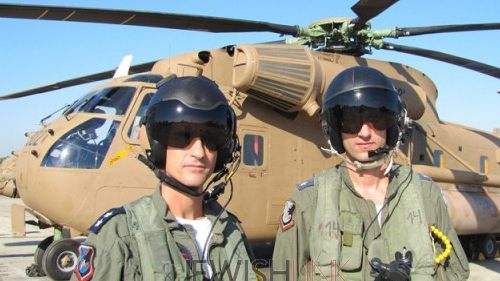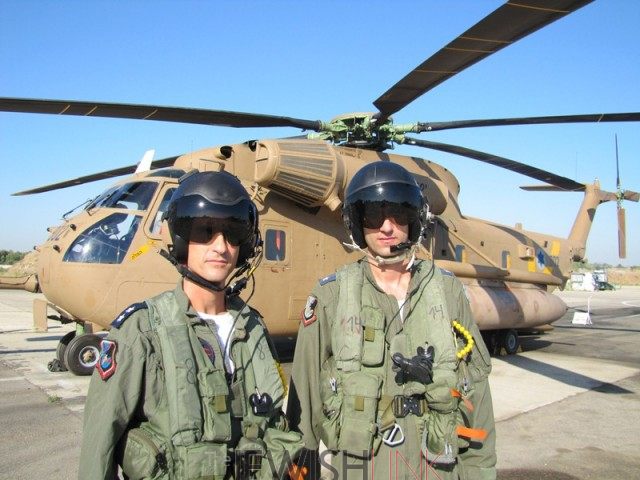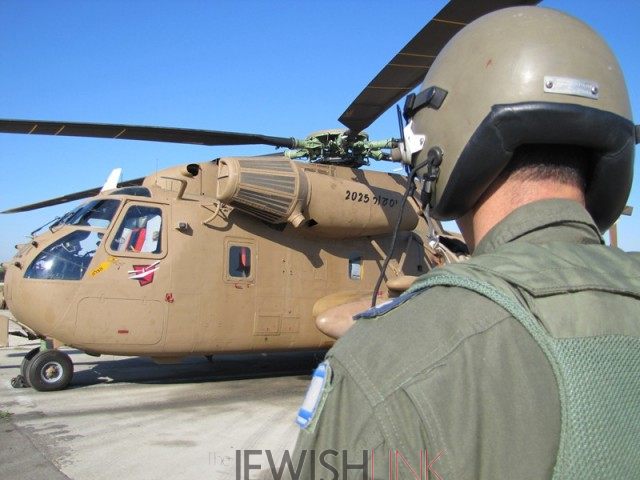
In the 21st Century, wars are being fought electronically. The Israel Air Force is developing electronic warfare capabilities on land and in the air, to make sure they always stay one step ahead of those who try to attack Israel.
The objective of the Airborne Electronic Control Unit is simple: blind the enemy by disrupting its radar systems, preventing its forces from locating ours. The unit must also prevent communication between the enemy’s aircraft and control towers. To do this, the air and ground teams of the unit work closely together, helping the Air Force to achieve its ultimate goals: maintaining air superiority and defending the State of Israel.
“We are an integral part of operations, both during war and in between conflicts,” says Lt. Col. R, the commander of the Airborne Electronic Control Unit. “This means that we must constantly meet the operational needs of the Air Force. When we observe all the changes taking place in the region, we have to adapt.”

“We understand the enemy’s capabilities and we’re able to deal with everything that they throw at us,” the commander says. “We know where we are and where we want to go. We have a vision of the future for our unit and we’re moving towards this goal. We want to remain the best.”
A major part of the unit’s mission is to destroy rocket launchers in enemy territory. “Our responsibility is to clear the airspace for our pilots,” the commander says. “They prefer to fly over an area where they have absolute air superiority, because this is much safer. And that is what we provide.”
The unit operates continuously and was particularly central during Pillar of Defense, a 2012 IDF operation that dramatically reduced rocket fire on Israeli civilians from Gaza. By the end of the operation, the IDF eliminated 1,500 terror targets, thanks to the Electronic Control Unit and other divisions of the Air Force.
Training to secure the skies
The journey to become an operator in the unit is long and difficult. “During the first weeks of training, they are in shock,” says Maj. A., the commander of the unit’s training school. “We put the cadets in difficult conditions, with physical constraints and strict discipline.”
Although they deal mostly with electronics, the soldiers also train as fighters. “This is necessary because they may be forced to eject if their aircraft is hit, and will then find themselves behind enemy lines,” he says. “They therefore undergo not only extensive training on electronic warfare, but also learn about the enemy and its capabilities. The extent of what they need to learn is enormous.”
First Sergeant R, a reserve soldier in the unit, recalls how the unit molded him into an expert on electronic warfare. “We didn’t even need basic knowledge of technology in order to get here,” he says, describing the beginning of his service. “Ultimately, it’s a lot like learning to play a video game. Once you understand how it works, you get better quickly.”
First Sgt. R took part in Operation Cast Lead in January 2009. “Our squadron was constantly active, 24 hours a day, seven days a week, and we had helicopters in the air at all times,” he says. “It was extremely intense, and the military clearly needed our work. We realized that we had taken part in something greater than ourselves.”
“The atmosphere makes the unit feel a lot like a family,” First Sgt. R adds. “This is a small unit, and it helps to have strong bonds. Every two years, the soldiers of the unit end their service and new people arrive, but this doesn’t change the spirit that unifies the people who serve here.”
idfblog.com
